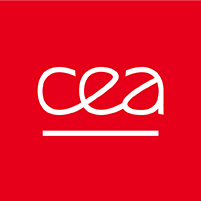Direct bonding consists of bringing sufficiently smooth and clean surfaces into contact, in order to create adhesion between them without adding any external material. This technology presents many advantages for the production of stacked structures for microelectronics and micro-technologies and has given rise to numerous innovations (manufacturing of SOI by SmartCutTM, manufacturing of SmartSiCTM, production of MEMS, wafer level packaging, 3D integration, etc.). Today, the rise of photonic technologies and the development of direct die-to-wafer bonding are paving the way for the integration of materials such as InP and GaAs in the world of silicon. In order to push these developments we wish to study the bonding mechanisms of these materials which have not yet been established in the literature. The thesis will consist of studying the direct bonding mechanisms of InP and GaAs wafers: A first part of the study will consist of finely characterizing the surface of these materials during pre-bonding preparations (type of bonds created, type of oxide, quantity of water adsorbed, etc.). Then the impact of water in the establishment of adhesion will be particularly studied in relation to the mechanisms established for silicon and its oxide. The stress corrosion sensitivity of InP and GaAs surface oxides will be evaluated. Infrared spectroscopy and X-ray reflectivity studies at the synchrotron will support the conclusions. A final axis will concern the mechanical properties of these materials to better understand their integration within heterostructures. Their ductile-brittle transition will be characterized using bonding on silicon or other substrates (silica, sapphire, etc.). The candidate will be trained in all clean room technological tools allowing direct bonding (chemical cleaning, CMP polishing, bonding, thermal annealing) and their characterization (infrared spectroscopy, acoustic microscopy, anhydrous bonding energy measurement, X-ray reflectivity, mass spectrometry, etc.).
Master recherche en chimie de surface/couche mince



Talent impulse, the scientific and technical job board of CEA's Technology Research Division
© Copyright 2023 – CEA – TALENT IMPULSE - All rights reserved